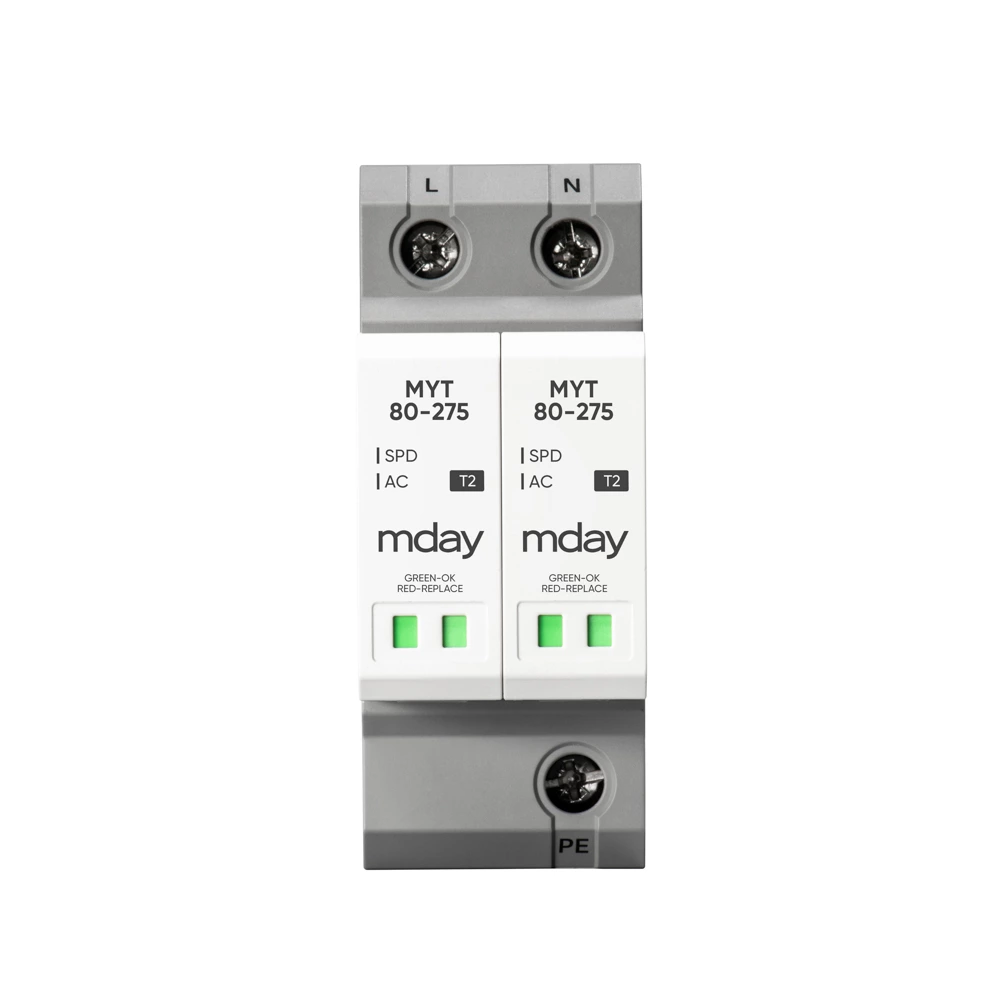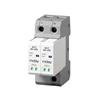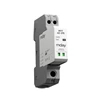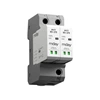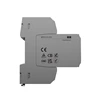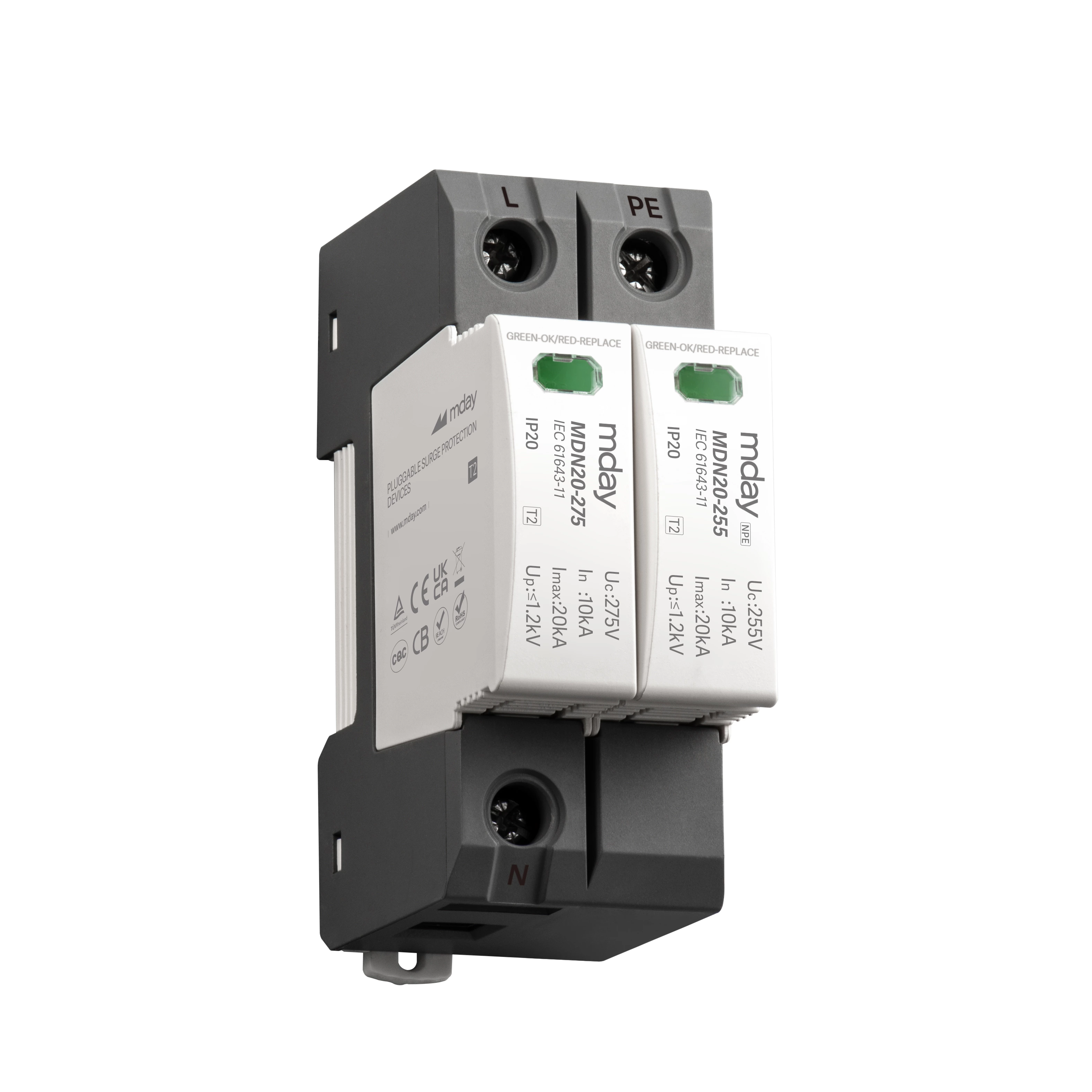Function And Connection Of Surge Protector
Function and connection of surge protector. As the main device for modern indoor lightning protection, many people still do not understand the specific function of surge protection device, let alone the connection of surge protective device. So what role does surge protector play in indoor lightning protection? How should we install surge protector?
Function and connection of surge protector. First of all, surge protector is also called lightning arrester, formally known as surge protector (SPD). Surge protector consists of variable resistor (varistor, diode) and/or spark gap (discharge channel). Its function is to protect electronic and electrical devices from excessive surge, establish equipotential connection, limit transient overvoltage and discharge surge current, and SPD is a fully assembled component.
Function and connection of surge protector. The main function of surge protector is to ensure the safe operation and permanent operation of electrical and electronic devices. When a surge (far exceeding the normal operating voltage) occurs in the power system and triggers the surge protector, the instantaneous surge protector impedance drops from the megaohm level to tens of milliohms, which is close to a short-circuit state. While discharging the current, the overvoltage is limited to the tolerance range of the protected equipment, thereby protecting the protected equipment.
When there is no surge in the power system (including lightning strikes, operating overvoltage, etc.), the surge protector has no obvious effect on the working characteristics of the system to which it is applied. In other words, when there is no surge to trigger the surge protector, the surge protector has almost no sense of existence in the power system. When a surge occurs in the power system, the surge protector presents a low resistance, and the surge current is discharged through the surge protector, limiting the voltage to its protection level (in most cases, far lower than the protection level UP of the surge protector). The surge may cause the power frequency to continue to flow through the surge protector. After the surge and any possible power frequency continued to flow are extinguished, it returns to a high impedance state.
The function and connection method of the surge protector. Merchants generally do not provide on-site installation services for surge protectors, so how should we install surge protectors after buying them? First of all, we see the logo on the surge protector device, such as the letters "L", "N", "PE" that can be seen on this surge protector, which represent the live wire, the neutral wire and the ground respectively. Under no special circumstances, a backup protection device needs to be connected in series to the upper end of the surge protector. When wiring the surge protector, connect the power cord from the main switch to the "L" and "N" wiring holes of the surge protector respectively, lead out the ground wire from the "PE" wiring hole, and connect it to the ground wire row. The surge protector wiring is generally connected in parallel with the protected equipment. When a spike current or voltage suddenly occurs in the electrical circuit or communication line due to lightning interference, the surge protector can conduct the shunt in a very short time, which can have the effect of current discharge and voltage limiting, and prevent excessive current and voltage from damaging the equipment.
